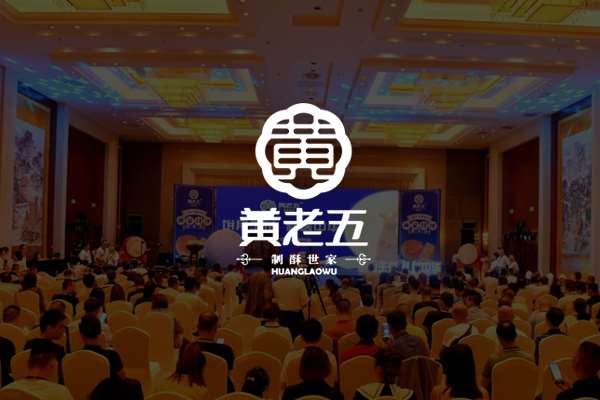Title: Classic Case Study on Industrial Chain Business Model
Introduction:
The industrial chain business model refers to the interdependent relationships among multiple entities involved in the production, distribution, and consumption of goods or services. This business model evolves from a linear value chain to a more complex ecosystem, enhancing efficiency, innovation, and competitive advantage. This article presents a classic case study that demonstrates the success of the industrial chain business model.
Case Study: Apple Inc.
Background:
Apple Inc. is a multinational technology company known for its consumer electronics, software, and online services. It has successfully established itself as a leading player in various technology markets, including smartphones, tablets, computers, and entertainment devices.

Investment in R&D:
Apple's dedication to research and development (R&D) has been a crucial factor in its success. By investing heavily in R&D, Apple fosters innovation and maintains a steady stream of groundbreaking products. This investment allows Apple to stay ahead of its competitors and capture a significant share of the market.
Supplier Relationships:
Apple has developed strong relationships with suppliers globally. These include manufacturers of components like semiconductors, displays, batteries, and camera modules. By forging partnerships with suppliers, Apple ensures a consistent supply of high-quality components, secures competitive pricing, and maintains control over the production process.
Innovative Design and Software Development:
Apple's design philosophy and user-centric approach have set it apart from competitors. The company leverages its expertise in hardware and software integration to create unique, aesthetically pleasing products with intuitive user interfaces. This combination of innovative design and software development has been a key driver of Apple's success in attracting and retaining customers.

Retail and Distribution Networks:
Apple's retail stores and online platforms provide a seamless shopping experience for consumers. The company controls every aspect of customer interaction, from marketing to sales and after-sales service. By maintaining control over its distribution channels, Apple can deliver a consistent brand experience worldwide and maintain a premium pricing strategy.
Ecosystem Integration:
Apple has successfully built an ecosystem that connects its products, services, and customers. The integration of devices like iPhones, iPads, Macs, Apple Watches, and Apple TVs allows users to seamlessly switch between different devices, enhancing convenience and creating customer stickiness. Additionally, the iTunes Store, App Store, and iCloud offer a comprehensive suite of products and services, further strengthening Apple's ecosystem.
Conclusion:
Apple's success is often attributed to its ability to effectively implement the industrial chain business model. Through investments in R&D, strong supplier relationships, innovative design, successful retail and distribution networks, and ecosystem integration, Apple has created a distinctive competitive advantage. This case study highlights the importance of strategic planning and continuous innovation in building a successful industrial chain business model.








